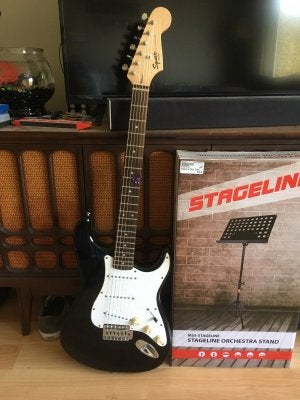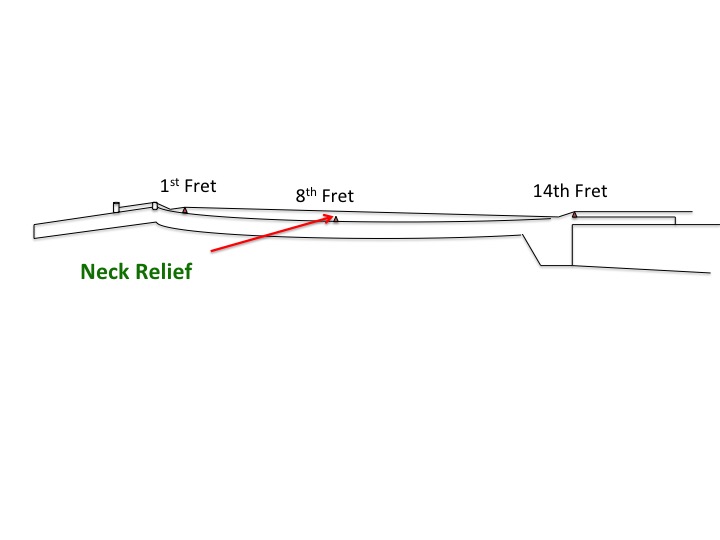FortyEight
Friend of Leo's
I feel like I either didn't notice this before I goofed up my Squier. I tried putting on .11's with the heavier 5th and 6th string and I shimmed the neck and I got a dead spot on 1st string 3rd fret.
I just looked at the frets and they are level. It's not buzzing. It just doesn't ring as good as the rest. And it does it a little up around the 16th, 17th fret. They still ring but there at like 75% of the rest of them and you can really tell when playing an open G chord. LOL.
Ugh.
Any tips on this and anyone else have this happen. I took the shim out and put the normal .11's back on and it's still doing it. Maybe it's just the weather.
I was liking this guitar........ Grrrrrrrr......
I just looked at the frets and they are level. It's not buzzing. It just doesn't ring as good as the rest. And it does it a little up around the 16th, 17th fret. They still ring but there at like 75% of the rest of them and you can really tell when playing an open G chord. LOL.
Ugh.
Any tips on this and anyone else have this happen. I took the shim out and put the normal .11's back on and it's still doing it. Maybe it's just the weather.
I was liking this guitar........ Grrrrrrrr......


